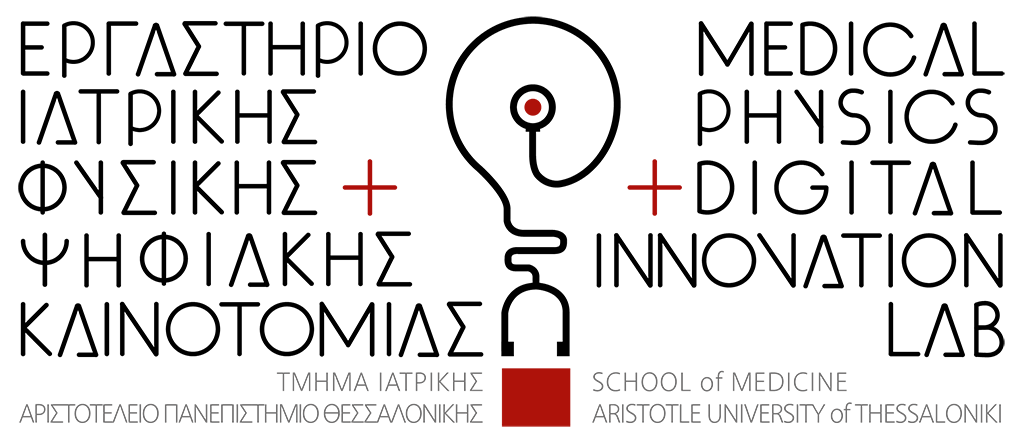Friday, October 7, 2016 - 16:45
- Laboratory
- Staff
- Education
-
RESEARCH
-
Research groups
- Assistive Technologies And Silver Science
- Biomedical Electronics Robotics & Devices
- Biomedical Engineering & Aerospace Neuroscience
- Health Services Research
- Medical Education Informatics
- Medical Imaging
- Neuroscience of Cognition and Affection
- Non-ionizing radiation
- Radiation Therapy Group
- Radiation Protection Group
- Projects
- PUBLICATIONS
- COVID-19
-
Research groups
- News
- Contact
- Documents

Relevance of noninvasive transcranial electrical stimulation for patients with schizophrenia
The fist speaker was Jérome Brunelin who presented a proposed a novel intervention to alleviate the treatment resistant symptoms of schizophrenia. His research was on the application of tDCS on brain areas with established abnormalities on schizophrenic patients. The application of tDCS successfully reduced auditory hallucinations by 30% on non-smokers and a 10% decrease on other symptoms. Interestingly, the smokers had a decrease of auditory hallucinations of only 6%. An investigation is on the track to optimize the parameters of tDCS and try to combine it with other interventions like tACS and tRMS. Also, the investigation will try to establish if this kind of interventions can be implemented on a maintenance strategy for the schizophrenia treatment.
The very promising presentation lead to a discussion about the duration of the effects, the underline mechanism of the presented effect, the comparison between tACS an tDCS and the effect of this interventions on the negative symptoms schizophrenia.
fMRI-based neurofeedback in schizophrenia: ACC and hallucinations
The presentation was delivered by Klaus Mathiak and focused on the effects of fMRI neurofeedback on schizophrenia, and specifically, on the application of ACC control. The double blind study employed the application of different strategies and different neural correlates, which were independent of one another. Interestingly, patients with resistant auditory verbal hallucinations learned to control the ACC even while being in sham NF. It was shown, by the results, that neurofeedback helps disentangle pathophysiology of auditory verbal hallucinations.
The discussion was about the methodology of the study and the possibility of applying neurofeedback on other areas of the brain.
EEG-based neurofeedback in schizophrenia: normalization of frontal-midline theta
It is well established that schizophrenia patients exhibit impaired ability on executive functions, in verbal memory and attention. Stefanie Enriquez-Geppert presented the results of a memory 0-back and 2-back trial on schizophrenia patients. The study found that during the 2-back task, the patients exhibited an abnormal cortical oscillation on the fm-theta bandwith. Interestingly, this kind of oscillatory abnormalities are also present in relatives of schizophrenic patients. Additionaly, a NF protocol was presented that attempted to train patients to self-regulate their fm-theta pattern which showed promising results. The concluding question was the need to identify the factors that constitute a neurofeedback training that maximizes the pre- post- changes in neural parameters and behavioural performance measures on patients.
Following the presentation, the discussion was mainly focused on the specific NF protocol that was used and the targeted frequency band. Also, a comparison was made to another NF protocol and it’s efficacy.
Effect of prefrontal rTMS on brain activation in schizophrenia patients
Presentation of meta-analyses of rTMS interventions on schizophrenia patients, by André Aleman, in comparison to other type of interventions like tDCS and tACS. The results were very promising and lead to the conclusion that non-pharmacological interventions can be utilised in managing schizophrenia symptoms.
The discussion that followed, was focused on the interval of interventions and the difference on the effect between expressive deficits and other symptoms that seem to be more resistant to interventions.